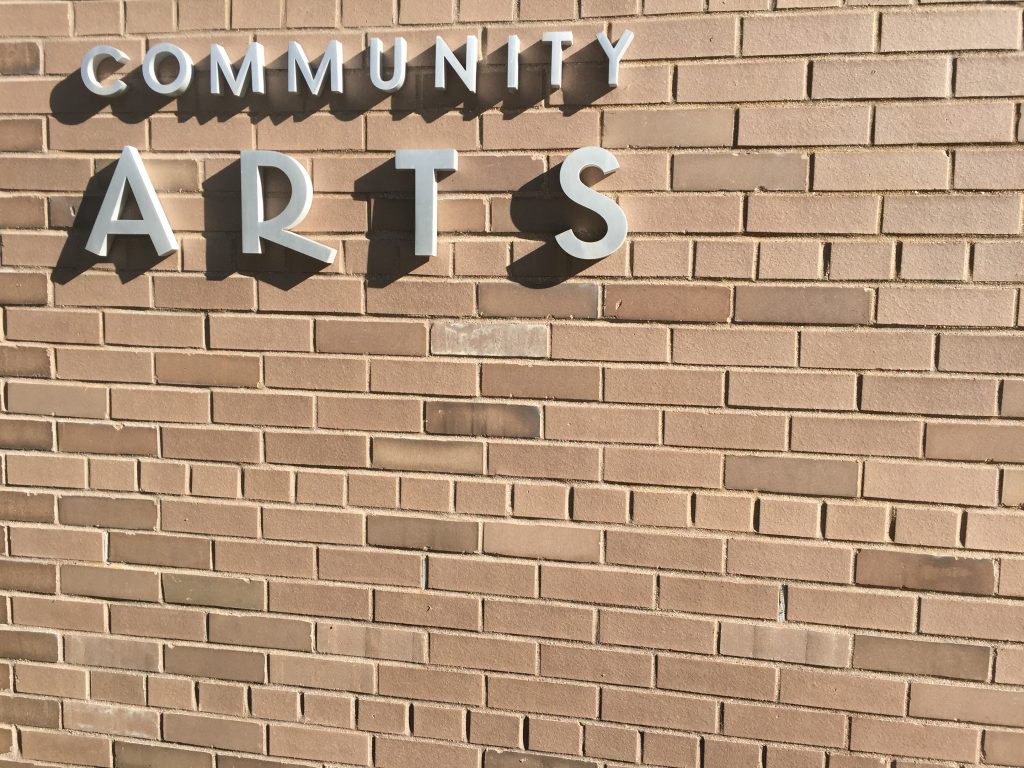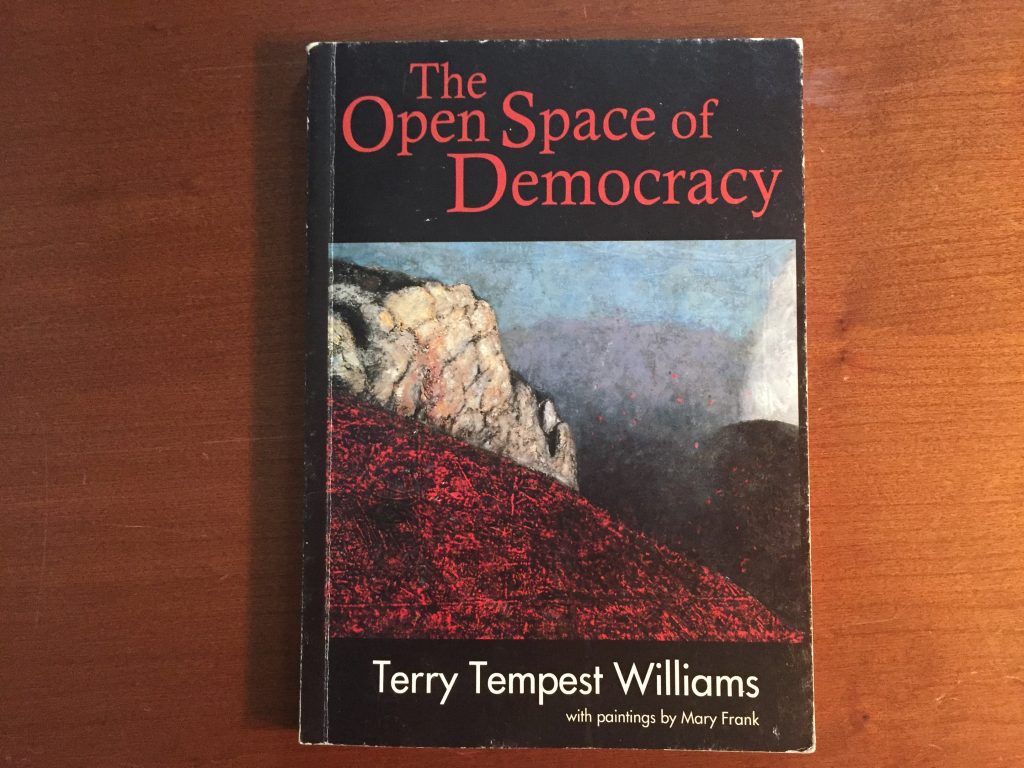From the excitement of the NAPLA project in the fall of 2016 to the challenges of the Open Space of Democracy in the spring of 2017—a year of teaching and learning on which to continue building.
In the spring of 2017 my classroom work centered on a new course for American Studies students, The Open Space of Democracy. The idea for the course emerged from a line in the amazing prose essay by the nineteenth-century writer Walt Whitman, “Democratic Vistas,” in which he writes, “democracy is a great word, whose history, I suppose, remains unwritten, because that history has yet to be enacted.”
Everything unfolded from there—and it was a good thing, too, as the very idea of democracy was once again (and remains) at stake. So my students and I got to work in January tracing Whitman’s supposition from the formative ideas about democratic culture that emerged in the United States in the nineteenth century to the debates in the twentieth century about art and public engagement that arose in response to John Dewey’s ideas about what he called “creative democracy,” in writing by Horace Kallen, Muriel Rukeyser, James Baldwin, Adrienne Rich, Terry Tempest Williams, and in recent theories and practices of socially engaged art.
The reading, class activities, and writing were guided by Terry Tempest Williams, who makes a case in The Open Space of Democracy that democracy “depends on engagement, a firsthand accounting of what one sees, what one feels, and what one thinks, followed by the artful practice of expressing the truth of our times through our own talents, gifts and vocations.” Practicing the scholarly methods humanists use to work with cultural materials, students contributed to the Aspect Magazine Project in the Keene State College archives. The students designed an individual research project using primary materials, and library-based and digital archives. This process is documented on the course site, particularly in a post from the course site, Roads to Take.
Students further developed their research experience and methods by defining, organizing, and elaborating the significance of their literary and cultural materials in the public domain by contributing to the project site Democracy + Culture.
We designed this project to make visible students thinking through the problem of defining, building, and sustaining a democratic culture, and one of the students produced a video trailer” for the course that will offer one point of inquiry into the intellectual work that I believe should be central to the public liberal arts.





